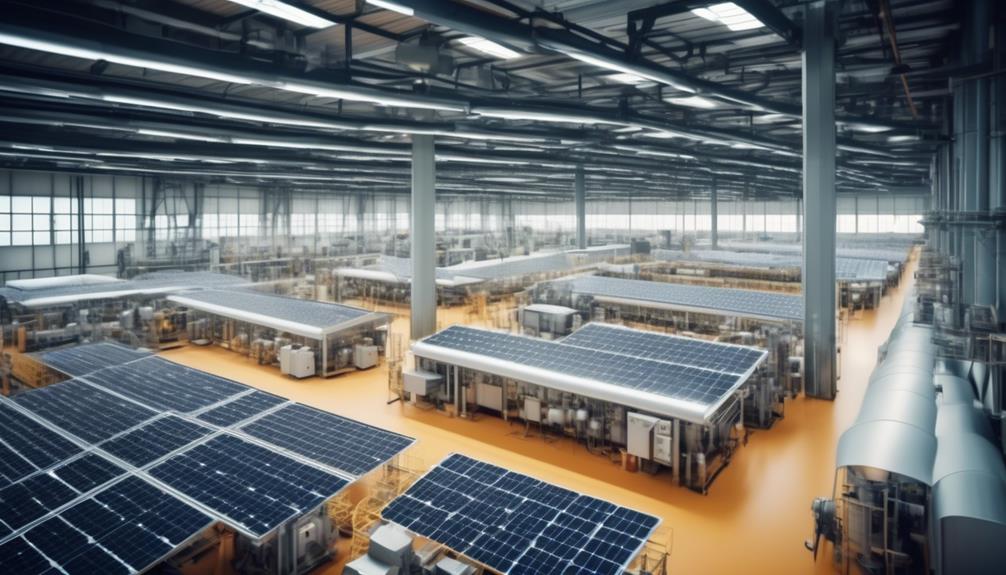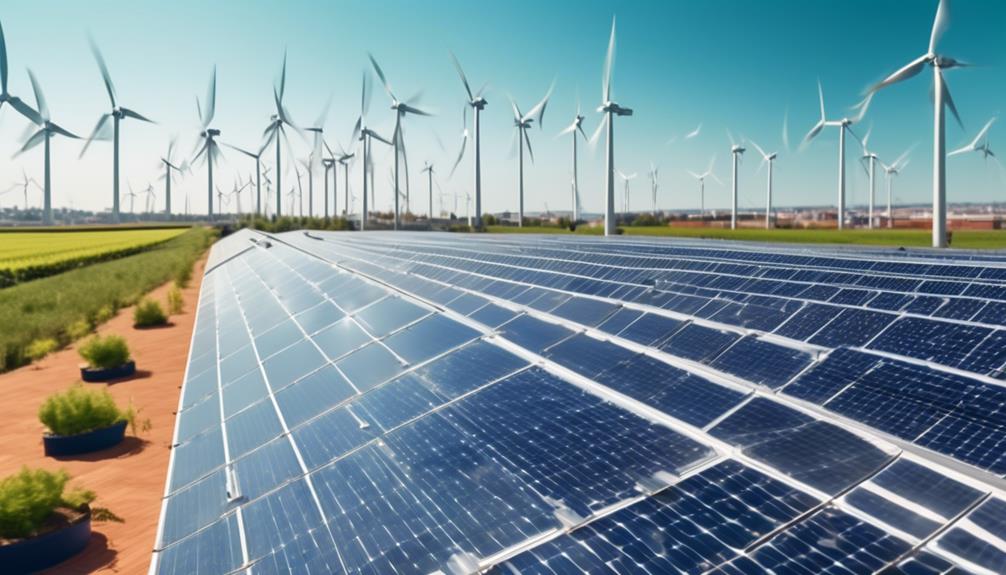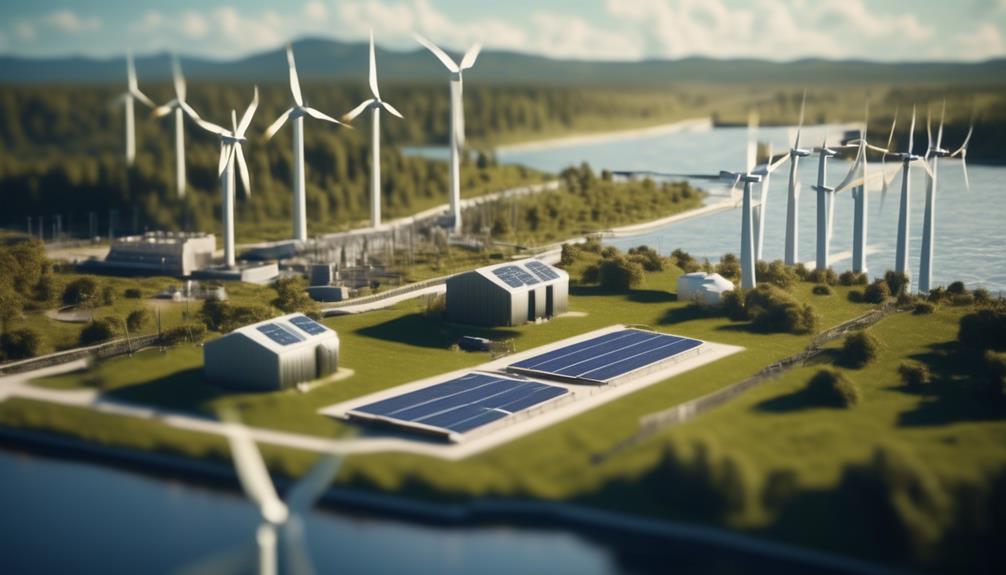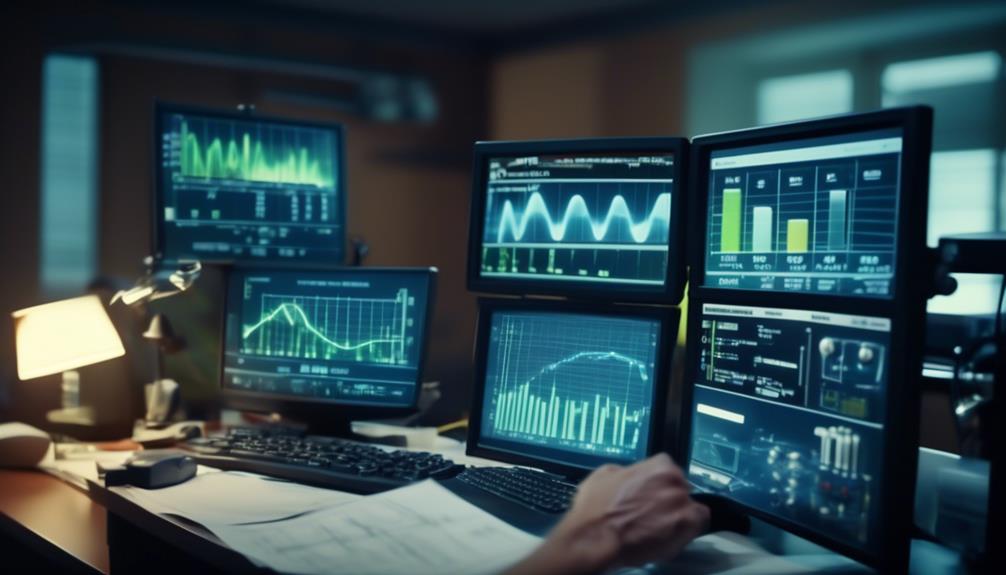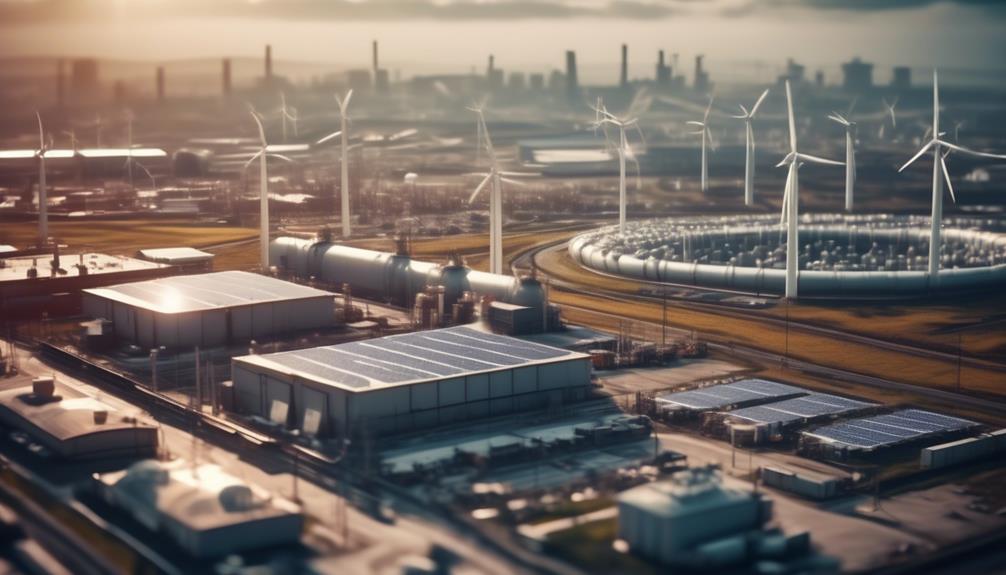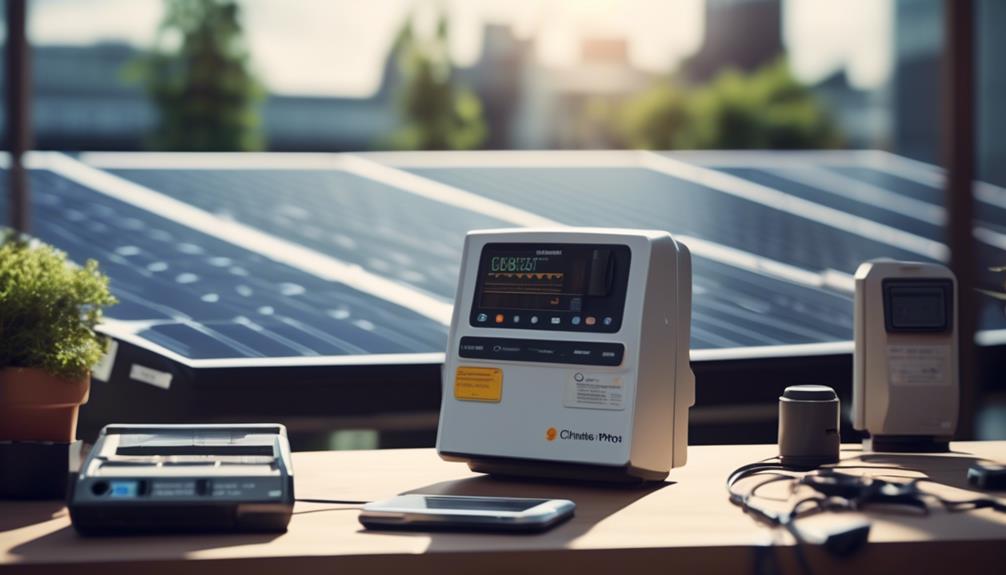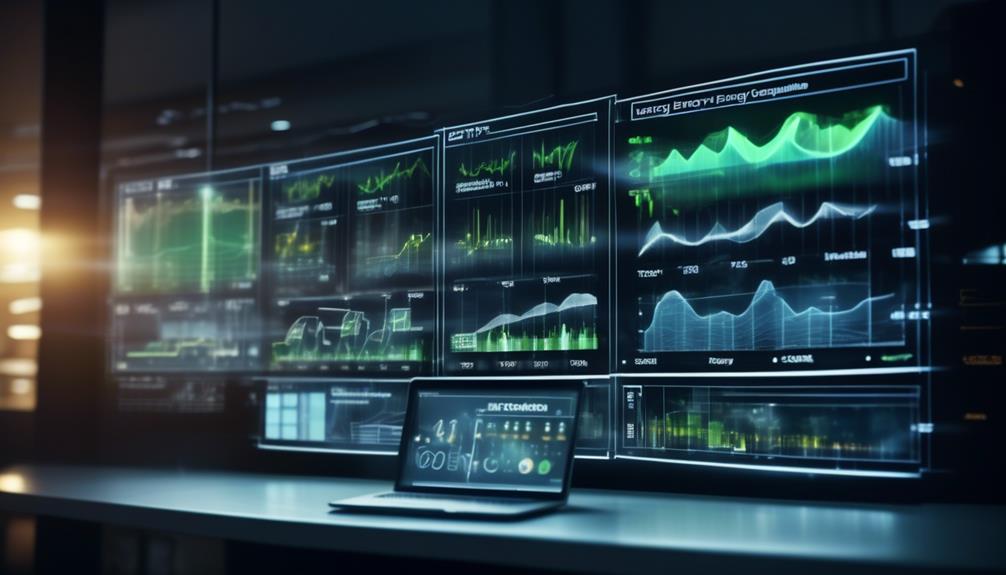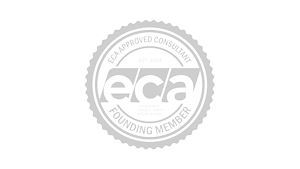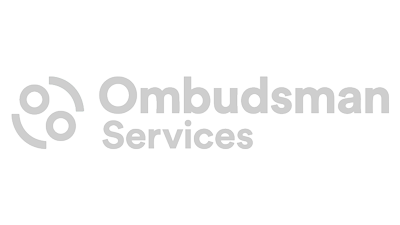In an era where energy costs are on an inexorable rise and the drumbeat of sustainability grows louder, small and medium-sized enterprises (SMEs) find themselves at a crossroads. Navigating the complexities of energy consumption, these businesses are in search of strategies that not only minimise their environmental impact but also bolster their financial health.
The quest for efficiency leads them to the doorstep of energy analysis platforms, a beacon in the murky waters of energy management.
Understanding the unique challenges that SMEs face, from tight budgets to limited resources, this discussion delves into the world of energy optimisation with a keen eye. With a rich tapestry of insights drawn from extensive experience, the narrative is carefully woven to address the pressing concerns of energy wastage and cost inefficiencies.
As we embark on this journey together, rest assured, the pathways to not only deciphering your energy usage but also implementing transformative savings measures await. Encouraged to read on, you’ll find that the answers to your most pressing energy management questions are just around the corner.
Key Takeaways
- Data collection and monitoring are essential for analysing energy consumption and identifying areas for improvement.
- Energy usage analysis helps identify areas of energy wastage and potential cost savings.
- Comprehensive energy audits and upgrading to energy-efficient equipment can result in substantial energy and cost savings.
- Implementing behavioural changes and engaging employees in energy-saving initiatives are important for long-term energy efficiency.
Data Collection and Monitoring
Data collection and monitoring play a crucial role in analysing energy consumption and identifying areas for improvement within SMEs. Accurate and reliable data is essential for making informed decisions and implementing effective energy efficiency measures. The use of Energy Management Software enables SMEs to collect and analyse energy consumption data, helping them detect anomalies and prioritise areas for improvement.
Data accuracy and reliability are key factors in the success of energy analysis platforms. Inaccurate or unreliable data can lead to incorrect conclusions and ineffective energy management strategies. Therefore, it is important for SMEs to ensure that their data collection processes are robust and reliable. This can be achieved through regular calibration of energy meters, implementing quality control measures, and using advanced data validation techniques.
In addition to data accuracy and reliability, data visualisation and reporting are essential for effective energy analysis. Visualising energy consumption data through charts, graphs, and dashboards helps SMEs understand their energy usage patterns and identify areas for optimisation. Reporting tools allow stakeholders to access and interpret the data, facilitating data-driven decision-making processes.
Innovative energy analysis platforms provide advanced data visualisation and reporting features, enabling SMEs to easily track their energy consumption and make informed decisions. These platforms not only provide accurate and reliable data, but also present it in a visually appealing and easily understandable format. This empowers SMEs to identify areas for improvement and implement energy efficiency measures that have a meaningful impact on their bottom line.
Energy Usage Analysis
To effectively analyse energy usage within SMEs, it is crucial to identify areas of energy wastage and potential cost savings. Implementing energy management software can lead to substantial energy and cost savings for SMEs. Conducting energy audits can provide SMEs with insights into their current energy consumption patterns and potential areas for improvement. Engaging employees in energy-saving initiatives can lead to long-term energy-efficient results for SMEs. Energy management technologies and tools, such as energy monitoring systems and analytics software, are essential for tracking and optimising energy consumption in SMEs.
To optimise energy usage, SMEs can utilise energy usage analysis to identify patterns and trends in their energy consumption. This analysis involves collecting and analysing data on energy usage, including electricity, heating, cooling, and other energy sources. By examining this data, SMEs can pinpoint areas of high energy consumption and identify opportunities for energy efficiency improvements.
A useful way to present energy usage analysis is through a table that showcases key metrics and insights. The table below provides an example of how energy consumption patterns can be presented:
| Energy Consumption Patterns | Average Monthly Consumption (kWh) | Potential Cost Savings ($/month) |
|---|---|---|
| Lighting | 500 | $50 |
| HVAC | 1000 | $100 |
| Office Equipment | 300 | $30 |
| Production Machinery | 2000 | $200 |
| Total | 3800 | $380 |
Identifying Energy Saving Opportunities
Identifying energy saving opportunities is crucial for small and medium-sized enterprises (SMEs) looking to reduce their energy consumption and increase efficiency.
Potential savings areas can be identified through conducting comprehensive energy audits, which analyse energy usage patterns and identify areas of wastage.
Once these areas are identified, SMEs can implement a range of efficiency improvement strategies, such as upgrading to energy-efficient equipment, implementing behavioural changes, utilising renewable energy sources, and investing in technology like energy management systems.
Potential Savings Areas
Through energy audits, SMEs can uncover significant opportunities for cost savings and reduced environmental impact by identifying potential areas for energy savings.
By conducting comprehensive energy audits, businesses can benefit from the following:
- Upgrading to energy-efficient equipment: Investing in energy-efficient technologies and appliances can result in substantial energy savings and lower operational costs.
- Implementing behavioural changes: Encouraging employees to adopt energy-saving practices, such as turning off lights when not in use or optimising heating and cooling systems, can lead to significant energy reduction.
- Engaging employees and providing energy awareness training: Involving employees in energy-saving initiatives and educating them about sustainable practices can enhance a company’s sustainability credentials and reduce energy costs.
Efficiency Improvement Strategies
By examining energy audits and analysing potential areas for improvement, SMEs can develop efficiency improvement strategies that lead to significant energy savings and reduced operational costs.
One key strategy is to focus on energy consumption reduction through the upgrading of equipment to more energy-efficient alternatives. By investing in new technologies and equipment, SMEs can achieve substantial energy savings over time.
Another strategy is to implement behavioural changes to encourage energy-saving habits among employees. This can be done through training programs and awareness campaigns that promote sustainable energy practices. Engaging employees in energy-saving initiatives not only improves efficiency in the short term but also fosters a culture of sustainability in the long run.
Additionally, SMEs can consider investing in energy management systems to monitor and control energy consumption, allowing for cost and consumption savings.
These efficiency improvement strategies can lead to significant energy savings, reduced operational costs, and a more sustainable business.
Implementing Energy Efficiency Measures
Implementing energy efficiency measures is essential for SMEs to optimise their energy consumption and reduce costs. Energy-saving techniques, such as upgrading equipment, improving insulation, and implementing smart energy management systems, can significantly contribute to achieving these goals.
Energy-Saving Techniques
To enhance energy efficiency and reduce wastage, businesses should conduct an energy audit to identify areas for improvement and prioritise energy-saving measures. Implementing energy-saving techniques can lead to significant cost savings and environmental benefits.
Here are three energy conservation tips that businesses can utilise:
- Upgrade to energy-efficient equipment: Investing in energy-saving technologies such as LED lighting, smart thermostats, and energy-efficient appliances can significantly reduce energy consumption. Moreover, businesses can take advantage of government incentives and rebates available for adopting such equipment.
- Promote behavioural changes: Encouraging employees to adopt energy-saving habits, such as turning off lights and equipment when not in use, can contribute to reducing energy wastage. Creating a culture of energy efficiency within the organisation can lead to long-term energy savings.
- Switch to green energy suppliers: Consider sourcing energy from renewable sources like wind or solar power. Not only does this reduce carbon emissions, but it also provides opportunities to access commercial benefits, grants, and tax breaks.
Efficiency Implementation Strategies
Efficiency implementation strategies play a crucial role in maximising energy savings and reducing costs for SMEs. By analysing energy consumption and implementing energy management software, SMEs can identify areas of improvement and implement measures to optimise efficiency. This not only reduces energy costs but also has a positive impact on the environment by reducing carbon emissions. To help SMEs in their efficiency implementation journey, the following strategies can be adopted:
| Strategy | Description |
|---|---|
| Conduct Energy Audits | Perform detailed energy consumption analysis to identify areas of inefficiency and potential energy-saving opportunities. |
| Invest in Energy Management Software | Implementing specialised software enables real-time monitoring, analysis, and control of energy usage, allowing SMEs to make informed decisions and optimise efficiency. |
| Train Employees | Educate and train employees on energy-saving practices and encourage their active participation in energy management initiatives. |
| Establish Energy Efficiency Goals | Set clear and achievable goals to drive continuous improvement and monitor progress towards energy efficiency targets. |
Continuous Monitoring and Optimisation
Continuous monitoring and optimisation of energy consumption is a vital strategy for small and medium-sized enterprises (SMEs) seeking ongoing cost savings and efficiency improvements. By utilising energy management software and real-time monitoring techniques, SMEs can gain valuable insights into their energy usage patterns and identify areas for optimisation.
Here are three key benefits of continuous monitoring and optimisation:
- Real-time identification of inefficiencies: Continuous monitoring allows SMEs to track their energy consumption in real-time, enabling them to identify and address inefficiencies as they occur. This proactive approach helps to minimise energy waste and optimise resource allocation.
- Adaptability to changing energy demands: Continuous monitoring and optimisation tools enable SMEs to adapt to fluctuating energy demands. By closely monitoring energy usage patterns, SMEs can identify peak periods of consumption and implement measures to reduce energy usage during these times, resulting in significant cost savings.
- Measurement of effectiveness and ongoing improvement: Continuous monitoring and optimisation provide SMEs with the ability to track the effectiveness of energy efficiency measures over time. By analysing data collected through real-time monitoring, SMEs can make informed decisions about adjustments and improvements to maximise energy savings.
Integration With Other Business Systems
With the continuous monitoring and optimisation of energy consumption in SMEs, the next crucial step is the integration of the energy analysis platform with other business systems, ensuring seamless data management and reporting. By streamlining data management and enhancing visibility, integration with existing systems can provide a holistic view of energy-related costs and performance alongside other business metrics.
To achieve this, it is important to look for compatibility with enterprise resource planning (ERP) software, which serves as a central hub for various business functions. This integration allows for a comprehensive view of energy usage and its impact on overall operations. Additionally, the platform should have the capability to integrate with energy management systems, building management systems, and IoT devices, enabling the creation of a comprehensive energy usage profile.
Furthermore, integration with utility billing systems and meter data management tools is essential for accurate energy cost allocation and billing validation. This ensures that energy expenses are allocated correctly and validated against actual consumption data.
To facilitate seamless integration, prioritise platforms that offer APIs and data exchange capabilities. This enables smooth integration with third-party applications, creating a unified approach to energy management across the business.

